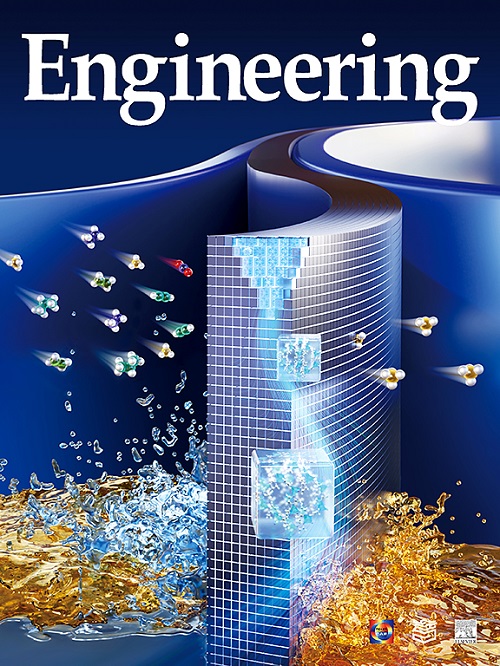Time Evolution of Orbital Angular Momentum Modes for Deep-Routing Multiplexing Channels
IF 10.1
1区 工程技术
Q1 ENGINEERING, MULTIDISCIPLINARY
引用次数: 0
Abstract
Optical orbital angular momentum (OAM) mode multiplexing has emerged as a promising technique for boosting communication capacity. However, most existing studies have concentrated on channel (de)multiplexing, overlooking the critical aspect of channel routing. This challenge involves the reallocation of multiplexed OAM modes across both spatial and temporal domains—a vital step for developing versatile communication networks. To address this gap, we introduce a novel approach based on the time evolution of OAM modes, utilizing the orthogonal conversion and diffractive modulation capabilities of unitary transformations. This approach facilitates high-dimensional orthogonal transformations of OAM mode vectors, altering both the propagation direction and the spatial location. Using Fresnel diffraction matrices as unitary operators, it manipulates the spatial locations of light beams during transmission, breaking the propagation invariance and enabling temporal evolution. As a demonstration, we have experimentally implemented the deep routing of four OAM modes within two distinct time sequences. Achieving an average diffraction efficiency above 78.31%, we have successfully deep-routed 4.69 Tbit·s−1 quadrature phase-shift keying (QPSK) signals carried by four multiplexed OAM channels, with a bit error rate below 10–6. These results underscore the efficacy of our routing strategy and its promising prospects for practical applications.
深度路由复用信道轨道角动量模式的时间演化
光轨道角动量(OAM)模式复用是一种很有前途的提高通信容量的技术。然而,现有的研究大多集中在信道(解)复用上,忽视了信道路由的关键方面。这一挑战涉及跨空间和时间域的多路复用OAM模式的重新分配,这是开发多功能通信网络的关键一步。为了解决这一差距,我们引入了一种基于OAM模式时间演化的新方法,利用正交转换和衍射调制能力的幺正变换。该方法实现了OAM模式向量的高维正交变换,改变了传播方向和空间位置。利用菲涅耳衍射矩阵作为酉算子,对光束在传输过程中的空间位置进行操纵,打破了传播不变性,实现了时间演化。作为演示,我们在两个不同的时间序列内实验实现了四种OAM模式的深度路由。在平均衍射效率高于78.31%的情况下,我们成功地在4个复用OAM信道中传输了4.69 Tbit·s−1正交相移键控(QPSK)信号,误码率低于10-6。这些结果表明了我们的路由策略的有效性及其在实际应用中的良好前景。
本文章由计算机程序翻译,如有差异,请以英文原文为准。
求助全文
约1分钟内获得全文
求助全文
来源期刊

Engineering
Environmental Science-Environmental Engineering
自引率
1.60%
发文量
335
审稿时长
35 days
期刊介绍:
Engineering, an international open-access journal initiated by the Chinese Academy of Engineering (CAE) in 2015, serves as a distinguished platform for disseminating cutting-edge advancements in engineering R&D, sharing major research outputs, and highlighting key achievements worldwide. The journal's objectives encompass reporting progress in engineering science, fostering discussions on hot topics, addressing areas of interest, challenges, and prospects in engineering development, while considering human and environmental well-being and ethics in engineering. It aims to inspire breakthroughs and innovations with profound economic and social significance, propelling them to advanced international standards and transforming them into a new productive force. Ultimately, this endeavor seeks to bring about positive changes globally, benefit humanity, and shape a new future.
 求助内容:
求助内容: 应助结果提醒方式:
应助结果提醒方式:


